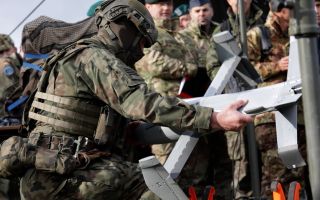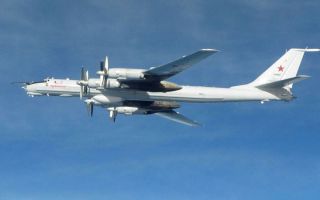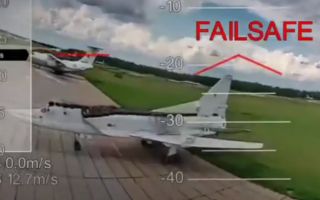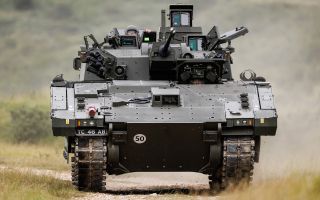Russians forced out of hiding as Ukrainians deploy beehives instead of grenades
A Ukrainian assault unit has claimed it deployed beehives against Russian troops in the Donetsk region, in what appears to be an unusual case of battlefield improvisation.
According to the 225th Separate Assault Regiment, its soldiers were clearing a building close to Pokrovsk when they found a basement occupied by Russian forces.
With their grenades exhausted, they say they turned to an unconventional solution – dropping two beehives into the enemy's position.
Bees as battlefield weapons
While the use of beehives in modern warfare is rare, history provides several examples of armies turning to insects as weapons.
The Romans, for instance, catapulted beehives into enemy ranks and fortifications, taking advantage of the insects' defensive aggression.
The Dacians, in turn, used the same tactic against the Roman legions, temporarily repelling their advance.
In the 11th century, General Immo, under Emperor Henry I, successfully defended a fortification by launching hives at the besieging forces of Duke Geiselbert of Lorraine.
Richard the Lionheart is also recorded as having used beehives as catapult-launched bombs against the Saracens during the Third Crusade.
Bees played a role in defensive strategies well into the early modern period.
In 1289, Austrian forces attempting to invade Hungary were repelled when defenders in Güssing dropped beehives onto them from the city walls.
In the 18th century Battle of Alba Graeca, Turkish forces that had breached the walls of a city were blocked by barricades made from beehives.
And bees have also been used in naval warfare. Forcing their opponents to abandon ship, a pirate crew in the Mediterranean successfully captured a much larger enemy galley by throwing beehives onto its deck.
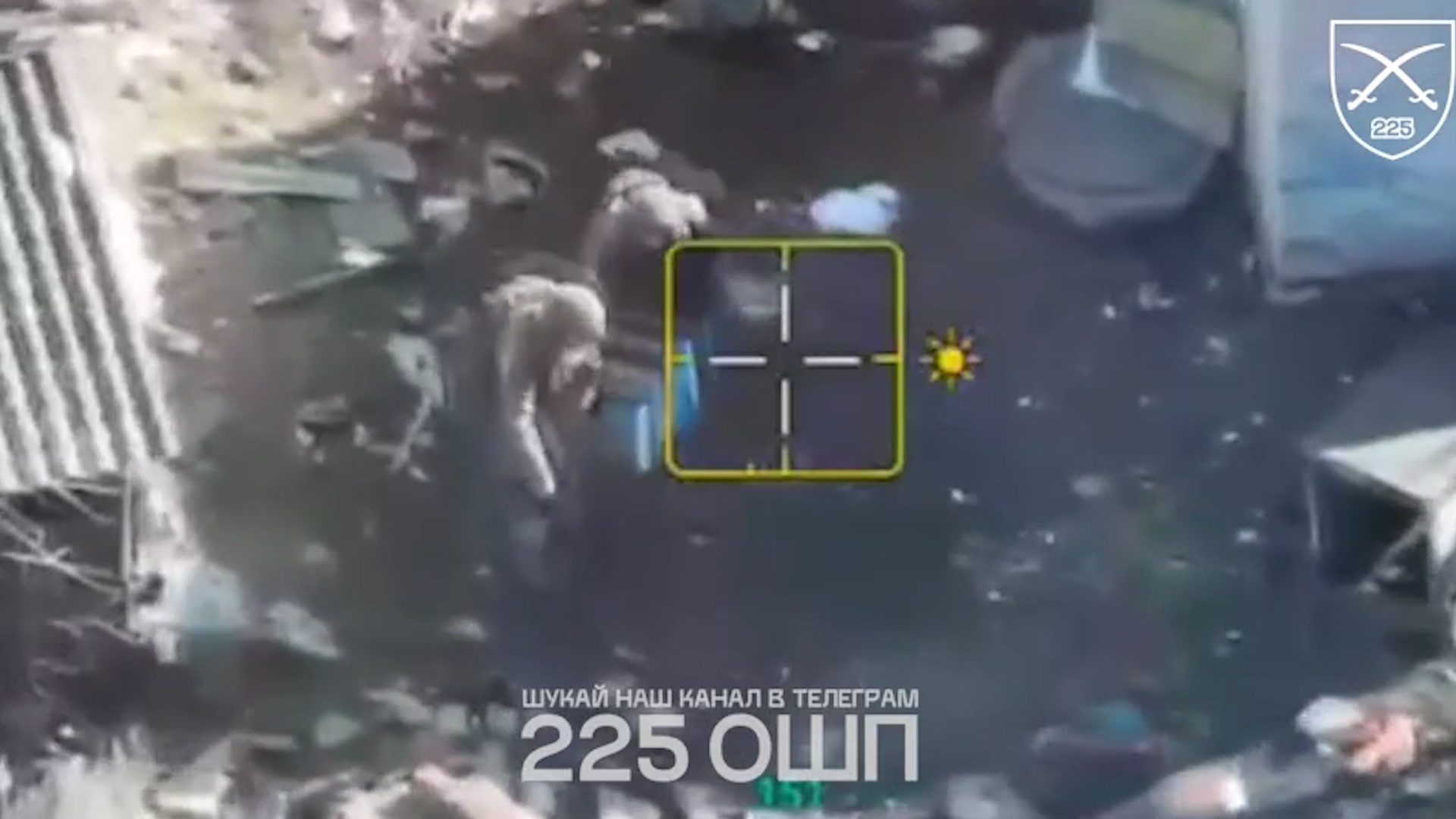
Unconventional tactics in a long war
Ukraine's military has repeatedly turned to unconventional methods in its defence, from naval drones to 3D-printed munitions.
The regiment's Telegram post said "perhaps this does not meet Nato standards" – an apparent reference to recent diplomatic tensions.
"Perhaps these soldiers could have been wearing suits and holding meetings in a warm office somewhere."
It was a pointed remark aimed at Western leaders, following the recent Oval Office meeting between Volodymyr Zelensky and Donald Trump, where the Ukrainian president was berated by an American journalist over not wearing a suit to the White House.
"But it's 2025, and Russia is still trying to destroy us, sparing neither the lives of its own citizens nor its resources – and it certainly has no intention of stopping," the post said on Telegram.

